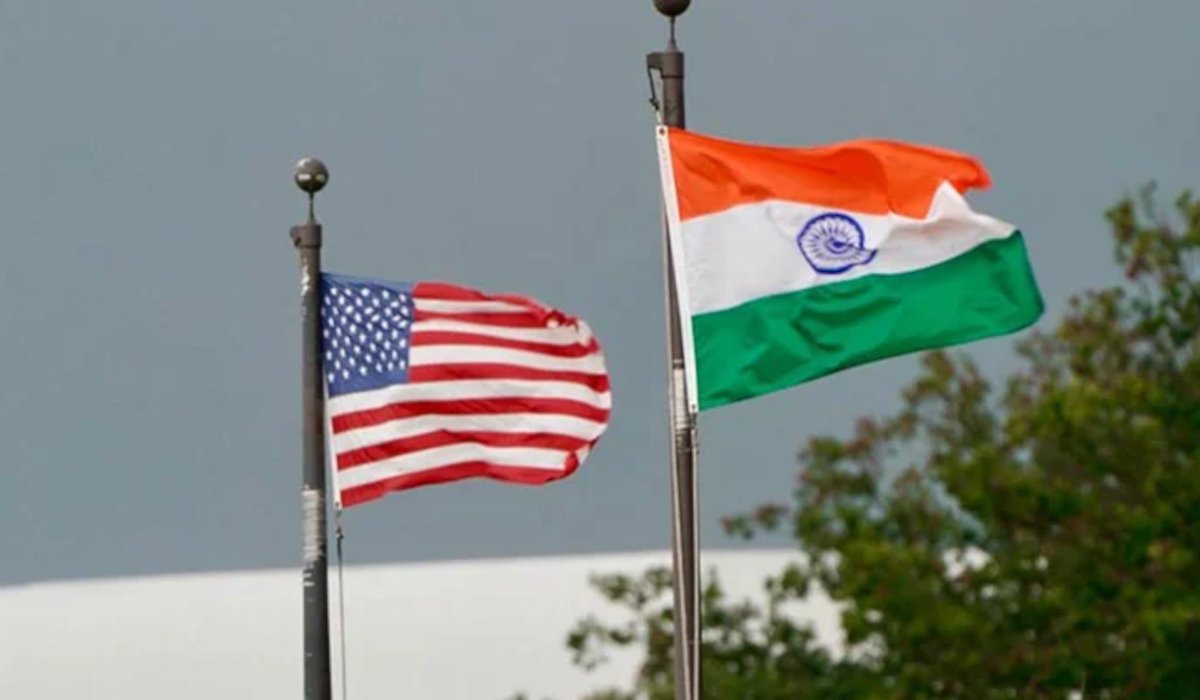In a renewed effort to strengthen diplomatic ties, India and Canada have agreed on a “roadmap” that seeks to revitalise bilateral cooperation across trade, energy, technology, and other sectors. The joint understanding, formalised on 13 October 2025, marks a deliberate shift toward engagement after months of diplomatic strain.
The framework envisages regular ministerial-level consultations, revival of key dialogue platforms, and structured cooperation in development and innovation. Significantly, the roadmap includes plans to resume the India-Canada CEOs’ Forum in early 2026, initiate dialogue on civil nuclear energy, and deepen collaboration in agriculture, artificial intelligence, and critical minerals.
Officials involved in the process said the agreement is intended to institutionalise trust and move forward on areas of shared interest. Both sides emphasised that acknowledging and respecting each other’s sensitivities would underpin the roadmap’s implementation.
Trade, in particular, is expected to receive fresh impetus under the new arrangement. The two nations plan to restart ministerial-level discussions on trade and investment, expand energy ties, and encourage enhanced cooperation in digital goods and clean technology. The roadmap also calls for academic and cultural exchanges to rebuild people-to-people connections.
Observers note that the timing of this announcement—just before Canada’s Foreign Minister Anita Anand’s departure from India—underscores its political symbolism. The move offers both capitals a platform to reset ties in a stable and predictable format.
Nevertheless, analysts caution that moving from declarations to delivery will be the real test. Challenges may arise in addressing trade barriers, regulatory alignment, and trust deficits established during the preceding diplomatic chill. The roadmap’s success will depend on consistent follow-through, timely meetings, and measurable outcomes.
If implemented effectively, the renewed engagement could yield key gains in trade, technology transfer, and strategic alignment. But sustained progress will require navigating complex bilateral and multilateral pressures while maintaining momentum on ground realities.
























